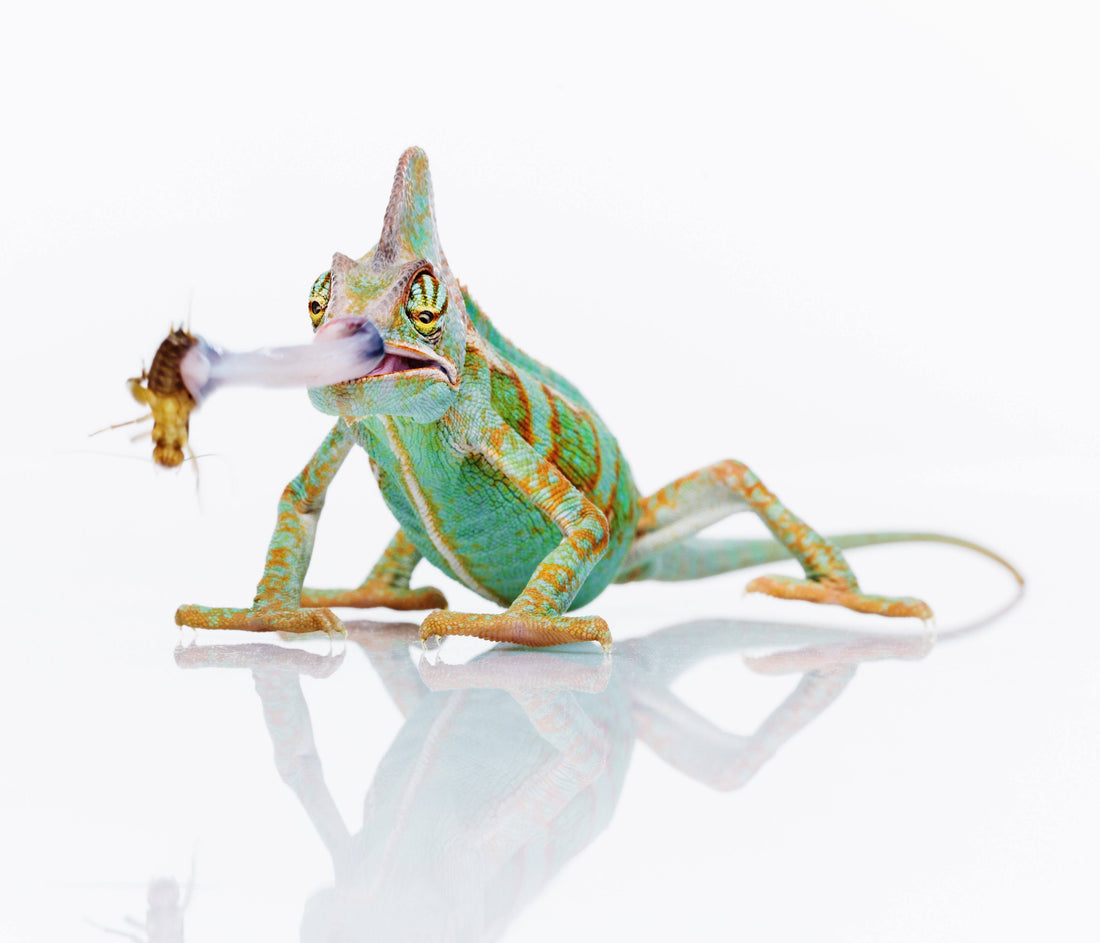Contrary to common myth, crickets are a valuable feeder for insect-eating pets. Sure, they may not be quite as meaty as the dubia roach or as calcium-packed as black soldier fly larvae, but there’s more than 900 different species of cricket in the world, and they play an essential role in the food chains of ecosystems everywhere.
If you have a pet insect-eating reptile, amphibian, or arachnid, it’s important to give them as much dietary variety as possible. Variety is the key to balanced nutrition, and while it’s important to give your insect-eating pet a variety of different kinds of bugs, it also applies to using different species of the same bug. While they may seem the same to you, different species can be nutritionally quite different.
When your pet receives a variety of different foods, they get a wider spectrum of nutrition than they would if kept on just one or two types of insects. This translates to better health for your pet, and possibly even a better appetite as well!
Although the USA seems to have less of a variety of crickets available in comparison to Europe, there are still 4 different species you can get your hands on:
Brown House Cricket (Acheta domestica)
Nutrition
- Protein — 15.4%
- Fat — 3.3%
- Fiber — 2.2%
- Ash — 1.1%
- Moisture — 77.1%
Size
Ranges from 1/16” pinheads to 1” adults.
Pros
- Readily available in most pet stores
- Silent until adulthood
- Can’t fly
Cons
- Chirp loudly as adults
- Known to bite reptiles if left with nothing to eat
- Not very hardy
- Smelly
Banded Cricket (Gryllodes sigillatus)
Nutrition
- Protein — 17%
- Fat — 8%
- Fiber — 2%
- Moisture — 71%
Size
Ranges from 1/8” juveniles to 1” adults.
Pros
- Less likely to bite you or your pet
- Quieter chirping
- Less smelly
- Longer lifespan
- Resistant to viruses deadly to brown house crickets
- More movement = better feeding response, better enrichment
- Can’t fly
- Softer shell
Cons
- Very fast (difficult to catch)
- Jumps particularly high
- Most likely to escape
European Field Cricket (Gryllus linnaeus)
Nutrition
- Protein — 20%
- Fat — 5%
- Fiber — 1%
- Ash — 3%
- Moisture — 75%
Size
European field crickets grow up to 2.3 cm (.9”) long as adults.
Pros
- Available canned
- Slow moving
- “Meatier” than brown house crickets
- Can’t fly
Cons (applies only live crickets)
- Chirping
- Difficult to find live in the US (more common in Europe)
- May bite your pet
- Smelly
We sell canned European field crickets! Get yours here.
Jamaican Field Cricket (Gryllus assimilis)
Also known as: Silent Cricket, Super Cricket
Nutrition
- Protein — 17%
- Fat — 6%
- Fiber — 2%
- Ash — 1%
- Moisture — 74%
Size
Jamaican field crickets grow up to ~2.4 cm (0.9”) long.
Pros
- Hardy
- Immune to cricket paralysis virus
- Easy to breed
- Gutload well
Cons
- Chirping
- Illegal to import without proper documentation
- Can be difficult to find sellers
- Aggressive
- Strong mandibles (bites draw blood)
- Don’t climb (not great for feeding to arboreal species)
- Smelly
- Can fly
Can you feed wild crickets to your pet reptile/amphibian/arachnid?
It’s best not to. Although collecting wild crickets may seem like an easy way to save money on food for your pet, wild crickets may have been exposed to pesticides, which can make your pet sick.











